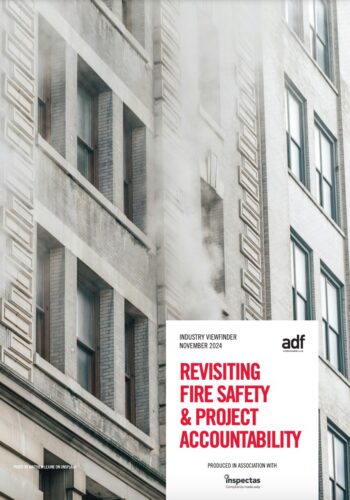
The Grenfell tragedy has profoundly reshaped the construction industry’s approach to fire safety, driving scrutiny on building design, materials, and regulatory compliance. Central to these reforms is the enforcement of accountability, including the mandatory roles of Principal Designer and Principal Contractor, each with defined responsibilities. Compliance with fire safety regulations now underpins not only public and worker protection but also reduces legal and financial risks, emphasising the importance of fire prevention, risk management, and emergency planning in all projects.
The Fire Safety Act of 2021 clarified responsibilities for multi-occupancy residential buildings, mandating comprehensive fire risk assessments of external walls, doors, and fire-spread factors. However, the slow remediation of cladding in higher-risk buildings remains a controversial issue. Complementing these efforts, the Building Safety Regulator under the HSE ensures all projects maintain a “Golden Thread” of digital safety information, placing architects, particularly those assuming the Principal Designer role, at the forefront of compliance for higher-risk projects. This includes tighter controls over specification changes and collaboration with fire safety specialists to meet rigorous new standards.
To counteract the historically fragmented nature of the construction industry, reforms are fostering trust, transparency, and collaboration. The introduction of a National Construction Products Regulator establishes a robust framework for product testing, ensuring materials meet the required safety benchmarks.
Revisiting a 2022 survey of architects by Architects’ Datafile, this study examines their evolving awareness of the new safety landscape and professional competencies under the updated legislative framework. It delves into architects’ perspectives on roles such as Principal Designer, their concerns over managing “change control,” and their views on the impact of the National Regulator for Construction Products. By comparing new insights with earlier findings, the research sheds light on how architects are navigating these transformative changes, embracing both challenges and opportunities to build a safer future for all.

